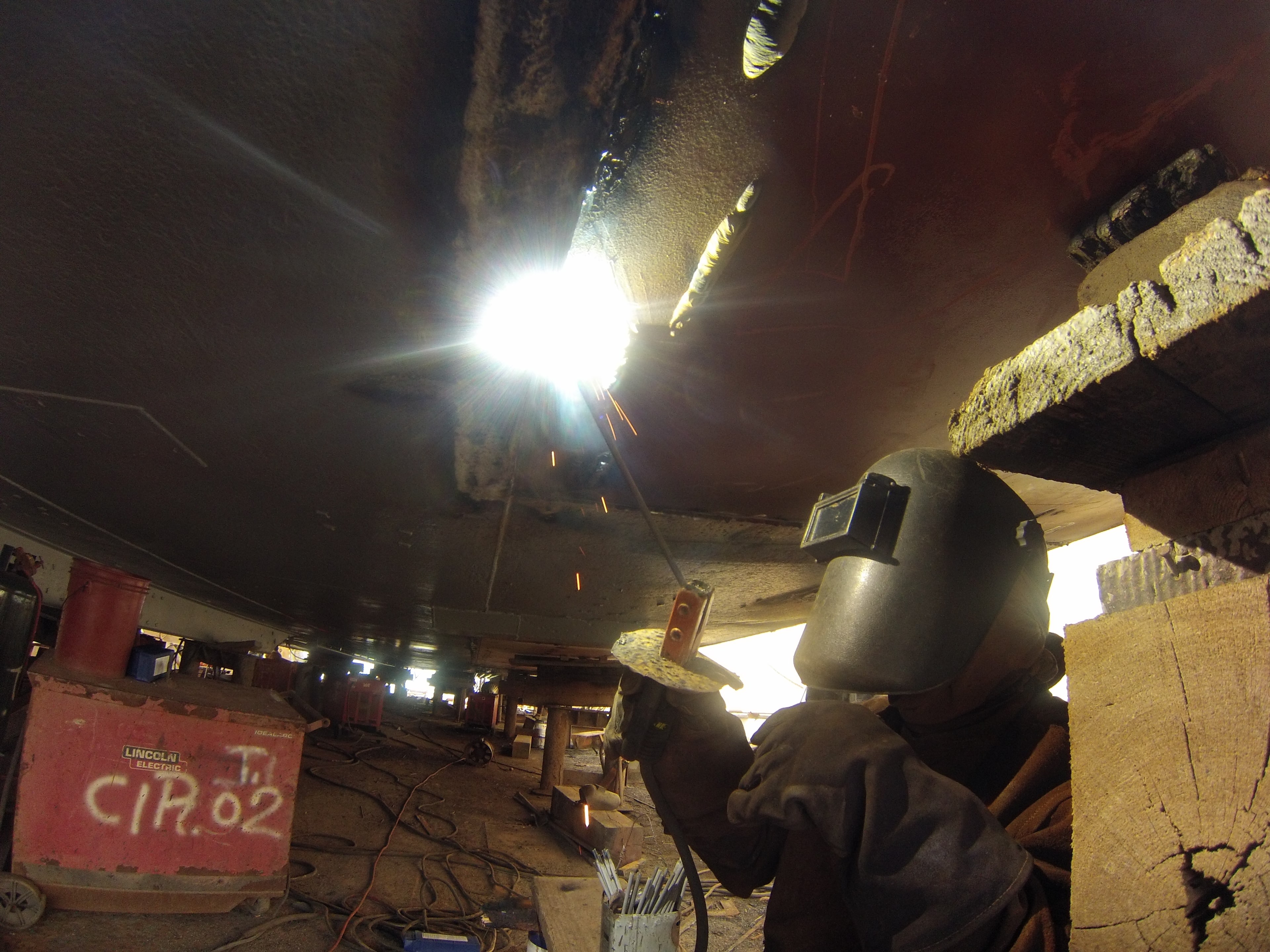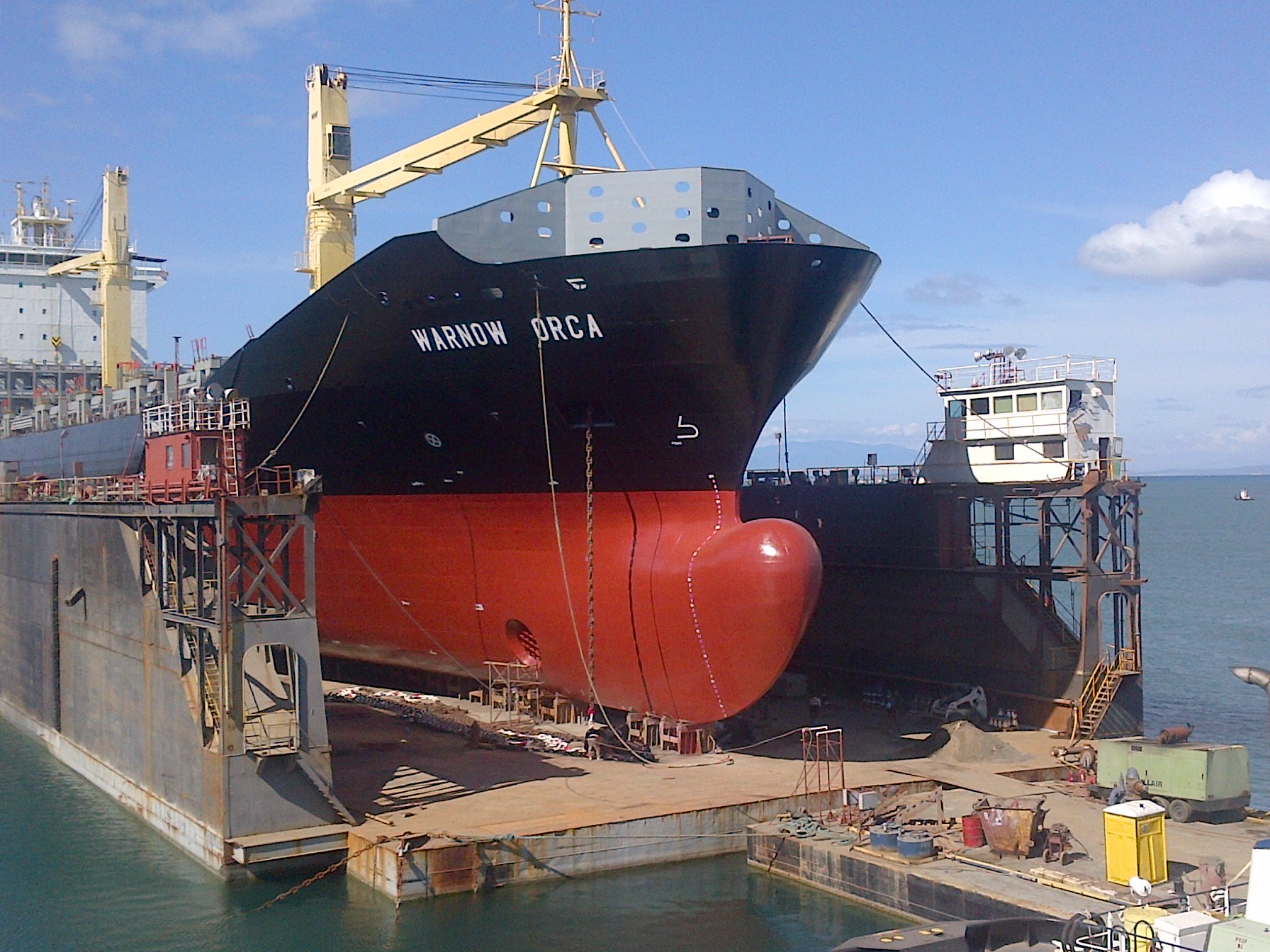
18-08-2021
How are ships constructed?
Construction starts with bending plates to match the curve of the ship’s hull. Since the 1940s, ships have been mostly made of welded steel, and since the 1950s, specialized steels have been used to eliminate brittle fracture. After 3D modeling, hydraulic presses are used to bend the plates into the correct shape. Plates are pressed cold, and can spring back a bit after forming, so this has to be taken into consideration. Rollers are also used to create some of the contours, plates are rolled through three rollers, with the pressure applied from the roller above forming the plate. In the last method, heat can be used to bend the plates. Frames are used to strengthen the hull, and are bent in a similar way with pressure or heat, to conform to the hull’s shape and reinforce it. Once the hull pieces are shaped, framed, and ready, they are assembled.
This is a fascinating process where massive pieces of metal are brought together to form a complete ship. The construction is done in segments called sub-assemblies. These assemblies are welded together to form larger and larger pieces, eventually making up prefabricated sections. Entire multi-deck segments of the hull or superstructure will be built elsewhere in the yard, transported to the building dock or slipway, then lifted into place. This is known as "block construction". The most modern shipyards pre-install equipment, pipes, electrical cables, and any other components within the blocks, to minimize the effort needed to assemble or install components deep within the hull once it is welded together

06-12-2021
10 curious facts about maritime transport
1. Maritime transport represents 90% of world trade shipments.
2. The cost of building large container ships can exceed $ 200 million.
3. Only between 2% and 10% of the containers that transit around the world are inspected.
4. Maritime transport is an ecological form of transport, if we compare it with trucks or airplanes.
5. The average cost of shipping a bicycle is $ 10. The cost of sending a can of soda is $ 0.01.
6. Right now, there are about 20 million containers traveling by sea.
7. The engine of a container ship is 1,000 times more powerful than that of a car.
8. About two-thirds of commercial ships do not have advanced communication facilities on the high seas. Only 10% of the boats have Internet on board.
9. The ports of the East Coast of the United States, New York and New Jersey, carry a third part of all the traffic of the North Atlantic.
10. There are approximately 1.5 million sailors, the vast majority of whom come from the Philippine Islands.

17-11-2021
Importance of underwater ship repairs and maintenance
Standard support and fixes to your boat is a fundamental piece of being a vessel proprietor; it assists with guaranteeing wellbeing and security, keeps your boat in top condition and can set aside you time and cash over the long haul
Every so often, a submerged fix is the lone possible alternatives, especially in occurrences of body, propeller and plating upkeep.
Submerged boat fixes can:
· Signify your necessities
· Set aside cash over the long haul
· Lessen time spent in dry dock
· Further develop transport proficiency
Here’s why certain underwater repairs and maintenance are so important:
Hull Cleaning
Maybe the main sort of submerged boat fix, body cleaning ought to be finished consistently.
By keeping your boats structure spotless and kept up with, you can stay away from terrible shocks like barnacles, marine scavangers that whenever left untreated can connect themselves permanently to the underside of your boat.
Propeller Polishing
Regular propeller polishing can assist with diminishing the surface's harshness and thusly, can save huge costs eventually. Smooth propeller surfaces become ungracious to marine living beings, which means the underside of your boat will not turn into a homing ground for marine life that could cause harm.
Hull Plate Repairs
Damaged hull plating can be the result of many factors; natural corrosion, stress from long voyages or unavoidable wear and tear after years of use. Allowing defective hull plates to go unnoticed can cost you, both financially and in time, so immediate repair and maintenance once a fault has been identified is important. Repair methods are varied; from a hydraulic ram to specialist tempering.
Underwater Ship Painting
There will without a doubt be a period where submerged composition or cement work to the lower part of your boat is required, especially if any defensive covering starts to break down and erode. Customary upkeep on your boat's paintwork can assist with hindering such erosion as well as putting aside your money; if rust or oxidization is left for a really long time, it turns into a significantly more costly issue to have.
